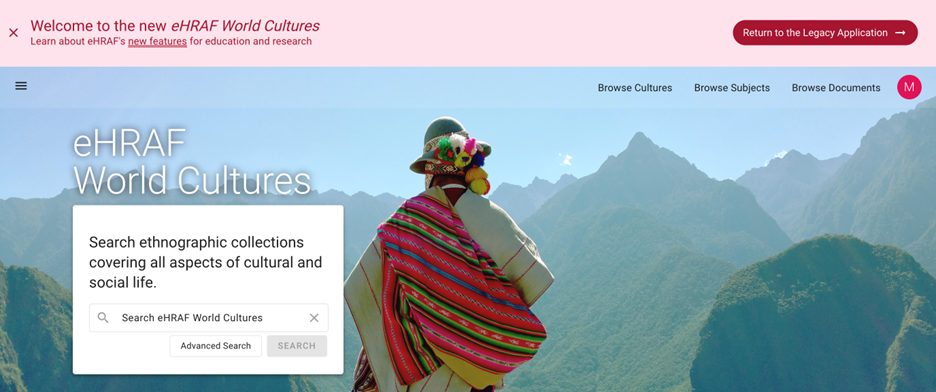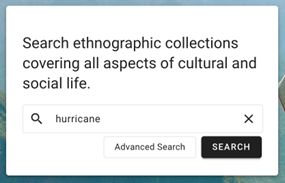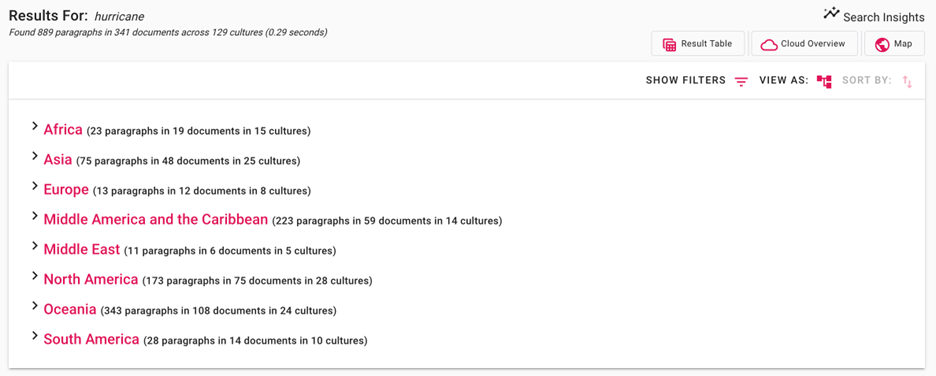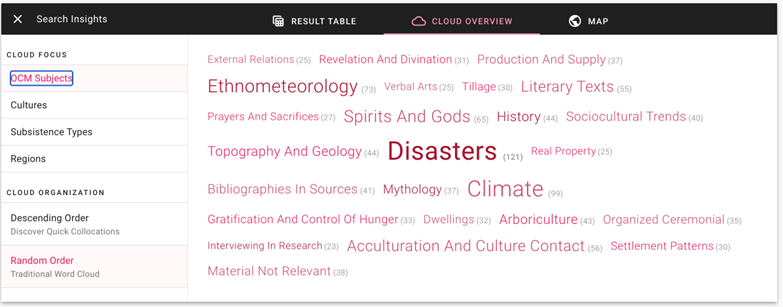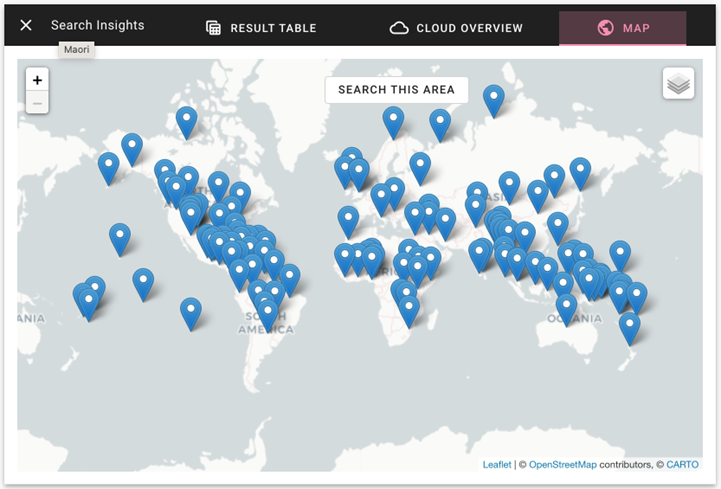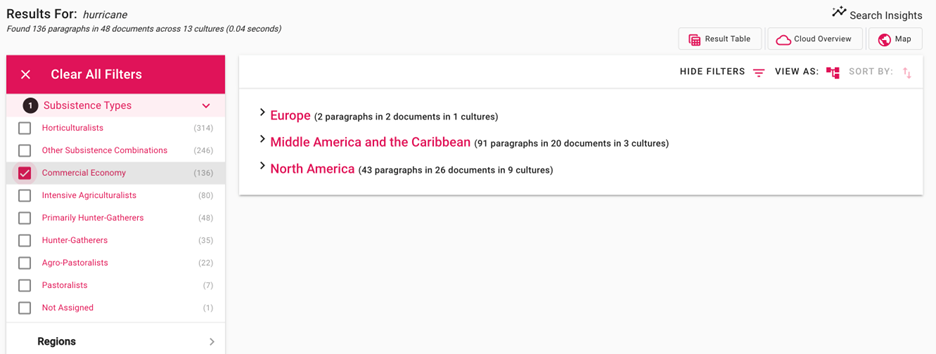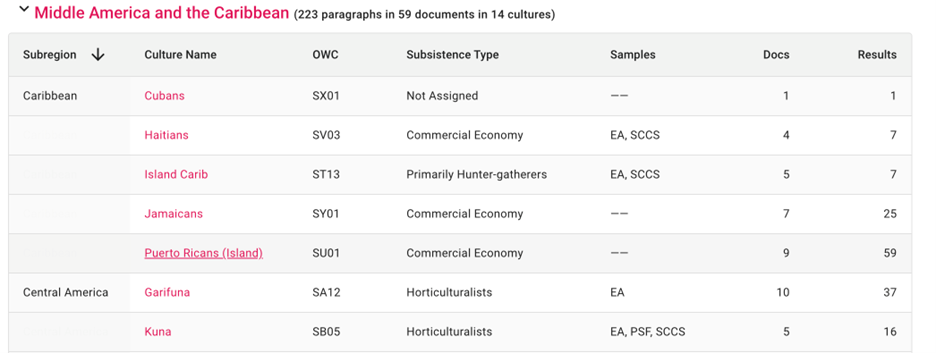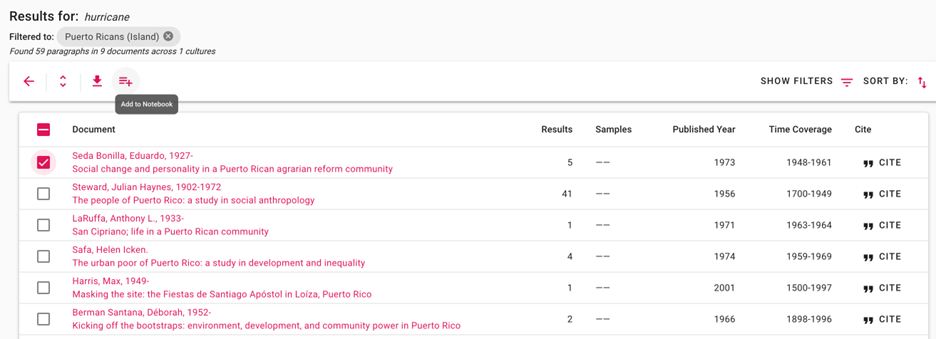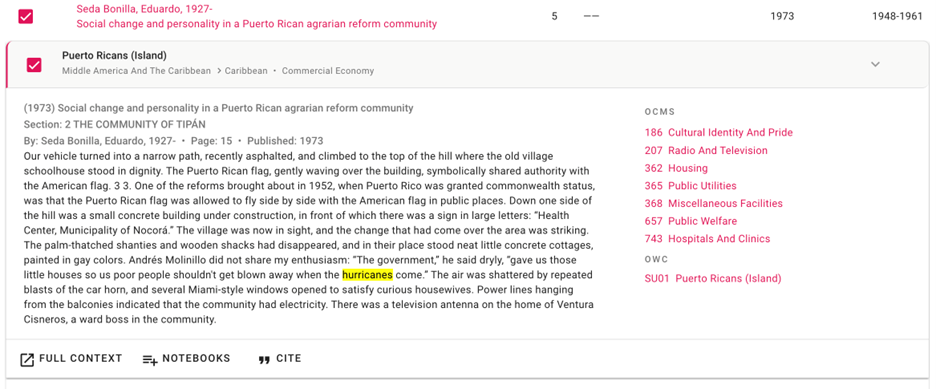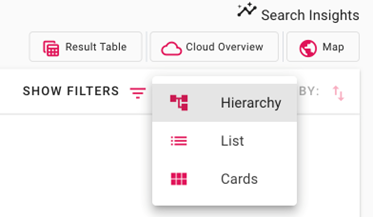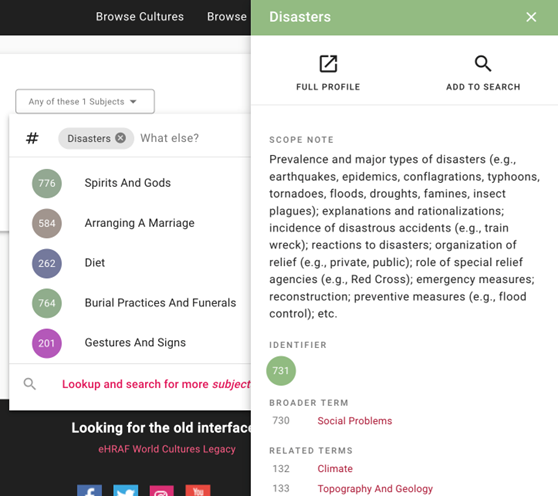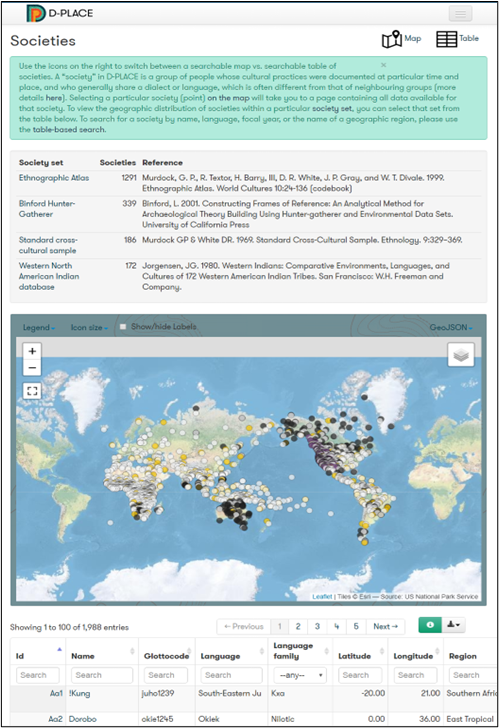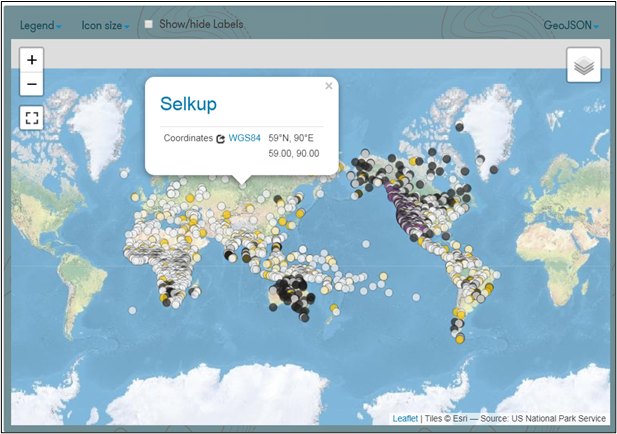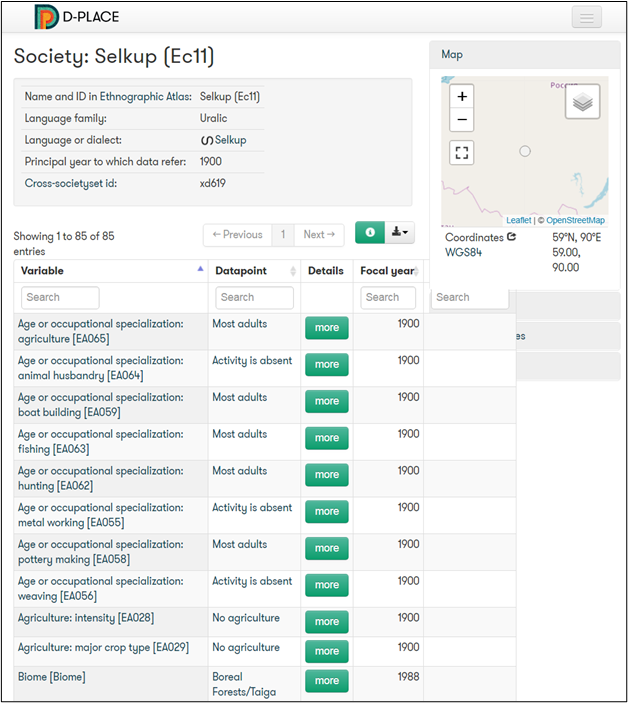Return to Teaching eHRAF: Tile View | Table View
View exercise overview
Class size: Medium 25-50
Source: Submitted by HRAF member
Learning Objectives
Does the exercise compare 2 or more cultures? Yes
Subject selection: Multiple subjects specified by teacher
Subjects/OCMS, if applicable: Disaster (731); Climate (132); Ethnometeorology (821)
Region selection: pre-selected
Region, if applicable: Various
Culture selection: Student chooses from pre-selected list
Cultures/OWCs, if applicable:
Samples:
Classroom Guide
Instructions for navigating eHRAF included? Yes
Assignments for students to complete in groups? Yes
Assignments for students to complete on their own? No
Instructions for Microfiche version? No
John Millhauser, North Carolina State University
Professor: John Millhauser (millhauser@ncsu.edu)
North Carolina State University
GOALS
Over several weeks, you will work in groups and on your own to study some aspect of how humans relate to their environments using the ethnographic resources of the eHRAF databases. Ethnographic sources are central to many archaeological interpretations of past behaviors, events, and processes. They help link the material remains found at archaeological sites with human practices that generated them.
The eHRAF databases will get you started on present-day people and their connections to their environments, but you’ll eventually move backward in time and look for historic and archaeological sources as your Innovation Studio projects coalesce. By the end of this project, you will be able to:
- Navigate the eHRAF databases and conduct detailed searches of its sources
- Investigate human-environmental interaction in ethnographic sources
- Assess the value and relevance of ethnographic data for archaeological research
- Make controlled comparisons within and among cultures
SOME WORD ON THE PRACTICE AND ETHICS OF ETHNOGRAPHY
Ethnographies are in-depth and systematic studies of a culture or social group that can be told from an insiders’ or outsiders’ perspective. The ethnographic method requires a researcher to know (and often learn) the language of the people they are studying and make direct observations by participating in the same activities that other members of the culture or social group do. It is different than (and complementary to) other ways of learning about cultures and social groups, such as interviews and surveys. The ethnographic method is part of many social sciences, including anthropology, sociology, and social work.
The HRAF is a database of hundreds of documentary sources that go back hundreds of years. The oldest is from the 16th century – long before ethnography or anthropology existed. However, many of the sources date to the late 19th and early 20th centuries when anthropologists were often directly involved with European colonial power or benefitted from them indirectly. Colonial and post-colonial relationships shaped ethnographies past and present and continue to be a source for critical inquiry into the ethics, practices, and effects of anthropological research.
The ethics of research involving human subjects came under scrutiny following World War II and between the 1950s and the 1970s, a U.S. government panel of experts developed a system of setting and enforcing ethical guidelines for human-subjects research (including ethnography). In its most well-known and simplest form, known as The Belmont Report, there were three general ethical principles that continue to be applied to the research of human subjects:
- Beneficence: To maximize benefits for science, humanity, and research participants and to avoid or minimize risk or harm.
- Respect: To protect the autonomy and privacy rights of participants.
- Justice: To ensure the fair distribution among persons and groups of the costs and benefits of research.
The ethical landscape is much different in anthropology today. The American Anthropological Association has a code of ethics that it promotes among its members. Public sector, private-sector, and university-based research involving human subjects, including ethnographies, must go through a substantial review to ensure that no harm comes to participants.
The interface that we will use helps users to sift through the ethnographies in the eHRAF databases, but it is important to know that the organization is not responsible for the original research that went into each of the studies. If at any point you are concerned about the ethics of the research project that generated the ethnography, you should be able review the source to see if there is a discussion of methods and research ethics that could address your concerns. You can also research the authors to find out more about their history of engagement and ethical practice. If you are concerned about the ethics of what you encounter as you work with the sources, let me know and we can discuss the problem.
For more information, see Cultures of the World – Perspectives on Culture, an open source textbook, especially sections on Ethics in Anthropology and More on Ethics
WORKING WITH THE HRAF
The following pages introduce the basics of navigating the eHRAF databases. Using this guide, work as a group to answer one of the following questions based on material we’ve covered.
- What can you find out about gender and the division of labor among horticulturalists in Papua / New Guinea? The Tsembaga Maring are not in the eHRAF databases nor is Roy Rappaport’s work. How would you find similar groups?
- What can you find out about cannibalism and dietary needs? Are there patterns in geography? In the age of the sources (are older ones biased)? In the subsistence strategies associated with it? Are there sources that document cannibalism as an adaptation to ecological scarcity of protein?
- What can you learn about biodiversity and different cultures? The term biodiversity was not in common use until the 1990s. What terms could you search for that might help you look at how different cultures understand biodiversity from earlier ethnographic sources?
- What does “nature” mean in different cultures and societies? Does it change over time?
1. Getting Access
To access the electronic Human Relations Area Files (eHRAF) you’ll need access to the library website. Search for eHRAF on the main library search page. You’ll get two options:
eHRAF World Cultures
eHRAF Archaeology
For this stage we’ll use eHRAF World Cultures. You are welcome to explore eHRAF Archaeology, but I find that it is less detailed and less consistent for the kinds of questions I’d like you to focus on in this project.
When you select eHRAF World Cultures, you’ll probably have to login to your campus account and click through a few windows before you end up at the homepage for the database.
2. Searching and Browsing – A Hurricanes Example
There are five search tools on the landing page:
LANDING PAGE
The landing page gives you some basic browse and search options. First, you’ll want to sign up with your NCSU email account and create a password. Once you’re logged in, you’ll be able to create notebooks to save what you’ve researched.
BASIC Search: For a sense of whether a particular search term is in the database.
ADVANCED Search: Allows you to combine multiple kinds of information (culture, region, subjects) to limit your search. This will be one of the most useful tools.
Browse CULTURES: Allows you to see what cultures are included in the database by name, region, and country. Also allows you to see what documents are associated with a culture to determine whether you can track change over time. Culture summary can also be useful background and context for individual sources.
Browse SUBJECTS: Allows you to see what codes have been used in the database. You can search for terms and related subjects, or browse alphabetically, by subject area, or by numerical codes used to group the subjects into themes (also called OCM).
Browse DOCUMENTS: Not that helpful for this project. However, if you ran into a particular source that contained all the data you were looking for, you might wonder if the same author had written about another time or place. You could search for their name here to see what else they had written.
Let’s say your group was interested in hurricanes. You weren’t sure exactly what you wanted to study about them, but you wanted to see if there were any information about them in the database. Some possible topics you might investigate could be:
- Does the prevalence of hurricanes influence subsistence strategies so severely that only certain kinds are possible where hurricanes are common?
- How do people with different subsistence strategies handle hurricanes? Are some subsistence strategies, construction methods, or other cultural attributes, more common or better suited to hurricane-prone areas?
- How has one group of people, or people in one region, adapted to hurricanes over time? This topic could look at change in material, social, or economic circumstances. It could also look at changes in the severity or frequency of hurricanes.
How would you start going about looking into the resources on hurricanes in the eHRAF databases?
To start, you’d probably want to figure out whether hurricanes are even included in the database and then how easy they are to track down.
BROWSING SUBJECTS
I’d start by going to Browse SUBJECTS using the A-Z Index and typing “hurricane” into the Filter Index field.
Sadly, I’d find that “hurricane” is not one of the coded subjects. I could have also figured this out by selecting “H” under browse to see all entries that start with the letter H.
But, all is not lost. There are a few next steps.
BASIC SEARCH
I might use BASIC search and see if “hurricane” shows up at all.
BASIC SEARCH RESULTS
Success! Hurricane is mentioned in 889 paragraphs from 341 documents on 129 cultures. I can see which parts of the world have the most mentions (223 paragraphs from Middle American and the Caribbean and 343 from Oceania).
That’s a lot of information, but from here we can use a variety of tools to visualize and filter the data to aid our exploitation.
Search Insights>>Results Table: Provides a slightly easier to read version of the results so you can see what world areas have the most coverage.
CLOUD FOCUS
Search Insights>>Cloud Focus: Displays key words which you can select in terms of subjects, cultures, subsistence types, and regions to see what is most commonly related to hurricanes.
MAP
Search Insights>> Map: Displays a map with the locations of the cultures that have a connection to your search term. This can be helpful if you want to find nearby cultures that perhaps share the same ecological setting for comparisons.
SHOW FILTERS
You can also start to play around with additional limiting factors. If you select Show Filters, you’ll open a side window with different ways to limit your results. The ones most relevant for our class are Subsistence Strategies, Regions, and Publication Date.
SUBREGIONS
If I get rid of the filters and hide them, you can also explore in greater detail within world regions to get a better sense of which people and places are best represented for the subject of hurricanes. Back in the original results, you could click on “Middle American and the Caribbean” to see what sub-regions and specific groups (CULTURE NAMES) are most prevalent.
DOCUMENTS AND USING THE NOTEBOOK
There are a LOT of results for Puerto Ricans, so that might be a good place to explore further. Click on Puerto Ricans to open a list of all of the sources about Puerto Ricans that have the word “hurricane” in them.
You’ll notice that there are now check boxes on the left. If you check a box, an option to “Add to Notebook” appears near the top. You can use that to save your work as you go.
This list lets you see the names of authors, how many mentions of hurricanes there are, when the source was published, and what time period is covered by the source.
MENTIONS WITHIN INDIVIDUAL SOURCES
If you click on the first source, by Seda Bonilla from 1973, you’ll get more information on where the mentions of hurricanes are:
PARAGRAPH VIEW
And, if you click on one of the mentions, you’ll get the entire paragraph as well as the Topics (OCMS) that are also connected to this paragraph (these can help with later searches)/
FULL CONTEXT (PAGE) VIEW
Finally, if you click Full Context at the bottom of the page, you’ll get to see the entire page of the source and you can navigate page by page for additional exploration.
VIEW AS
There are many ways to search the database. If you return to the original search (keep clicking the < in the upper left to move back through the search. At the original results page, you can use View As to try list and card views which are different ways of organizing and drilling down into the sources.
3. Advanced Search
Basic search is a good starting place, but all I’ve learned right now is that hurricanes are part of the database, even if they are not part of the subject categories. I could skim through different entries though to see possible related subjects. For example, the cloud visualization told me that common topics are
Disaster (731)
Climate (132)
Ethnometeorology (821)
I might have more luck going back to Browse SUBJECTS now and searching for these terms and the numbers associated with them, for other helpful codes.
ADVANCED SEARCH
Let’s try looking more closely at hurricanes and disasters. If you find your way to the advanced search (click the three-line icon at the upper left of the window), you’ll get some complex options. You can choose some combination of cultures, subjects/topics, and keywords.
SUBJECTS AND KEYWORDS
If I want to find references to hurricanes as disasters, I would leave cultures blank, type disasters in subject, type hurricane in keywords and click “and” to make sure both criteria are satisfied.
Now my results are much narrower:
MULTIPLE TERMS
Maybe I haven’t exhausted all the options. For example, not everyone uses the term hurricane. I can add additional terms, separated by commas, to increase the range of possibilities. Here, if I also search for storm, cyclone, and typhoon I get many more hits.
SUBJECT DETAILS
Maybe I also want to look for other, similar or related subjects. Back in Advanced Search, while typing disasters, I can click on it and pull up additional information about the subject.
I see that climate is also an important subject, so I could add that to my advanced search in addition to disaster. There are many variations on these themes.
Every search is going to be a little bit different; most are going to involve multiple steps (hooray for team work) to narrow down your cultures and sources and then look for connections.
4. Looking for additional data on climate and environment
HRAF at one point collaborated with D-PLACE to provide additional access to cross-cultural and environmental data. A few sources of data may be relevant to this project: https://d-place.org/societysets#1/30/153
If you click on the name of any culture on this map, you’ll get access to a list of all the data about that culture, including some environmental data about location, precipitation, temperature. You can also look for culture names in the table below the map.
Here’s an example of the top of the list of information for the Selkup. There 85 different lines of data that include codes for ecology, temperature, precipitation, subsistence, economy, home construction, and many other aspects of society. If the cultures you find from the eHRAF databases are here, this website can be a quick way to get some summary data.
